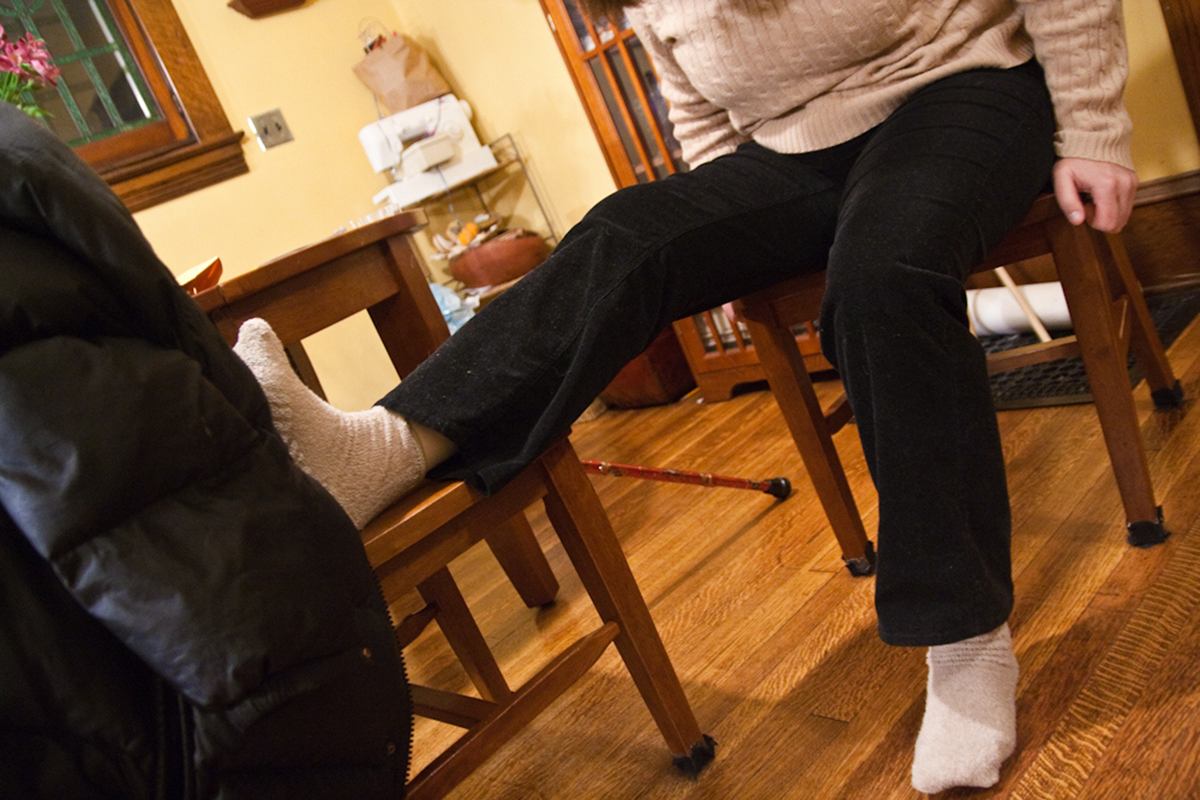Table of Contents
For the vast majority of relatively minor injuries — the kind we keep training on, but add in some correctives in the beginning for — we should totally rethink our approach to correctives. Instead, we should look to making the training itself corrective.

Sticking with our example from earlier about the guy with bad knees and poor external rotation, what can we do here? We can put some correctives into his warm-up, building up strength in his hip external rotators, then have him squat or deadlift as normal.
Can Anyone See What’s Wrong With This Picture?
It was the way he squats that gave him both weak external rotators and knee pain. While he squats the same way he always has, that movement is, for him, an injury-causing movement. He shouldn’t be doing it for three sets of ten, or whatever.
The solution to his injury is to treat it at its cause: motor patterning. Look at the way he walks and the way he sits - the two most common patterns we all use.
And most importantly, look at his squat.
If you want to fix his knees-in squat, band his knees and slash the weight of the bar. With a cue from the band pulling his knees in, he’ll develop more dynamic, functional strength in his hip external rotators than any number of dynamic, functional rehab exercises would give him — and he’ll fix his wacky motor pattern at the same time. (At about the same time, recurring problems in the low back, shoulders and neck should magically start to fix themselves — because they were part of the same problem: a wacky motor pattern.)
Making Correctives For Major Injuries Work
Well, here we have to tread carefully — especially if it’s a bone in the foot (feel free to laugh. Or not). We can’t just throw this person in the weight room or on the bike. That’s obviously dumb. But as soon as it’s possible to begin movement again, we can look to do supported versions of basic movements with emphasis on the quality of those movements, gradually building up strength — and rebuilding motor control in the damaged limb.
A Final Word
You can’t pick up only one end of a snake. If we’re doing correctives wrong, we’re doing everything wrong. We need to program out training as well as our rehab to orient ourselves toward better motor patterns. Step away from the suspiciously regular PRs and build a solid platform of repeatable strength, good relaxed posture and strong mobility. That doesn’t mean replacing your squats, deads and benches with wimpy correctives (haven’t you been listening?). It does mean filling the gaps in athleticism to create a training system that will make sure you arrive at 50 or 70 years old with muscle mass, good hormone balance and not too much fat, not shot knees and chronic shoulder pain.
See Also: Pull Over: Why The Way You’re Doing Pull-Ups Is Wrecking Your Shoulders, And What To Do About It
If you think I've hit the nail on the head, or you'd like to bend my ear about something I've said, get hold of me in the comments below!
- Photo courtesy of Familymwr via Flickr: www.flickr.com/photos/familymwr/5032496501
- Photo courtesy of Stevendepolo via Flickr: www.flickr.com/photos/stevendepolo/5534045622


Your thoughts on this